What It’s Like to Hold Your Own Heart
Baylor University Medical Center in Texas is encouraging transplant patients to meet their former organs.

Heart transplant patient John Bell knows the exact whereabouts of the heart he was born with. It’s floating in a three-gallon jug of formaldehyde next to hundreds of other human hearts at a large storage facility at Baylor University Medical Center in Dallas, Texas. Every time he returns to the hospital, the 74-year-old retired sales and marketing professional contemplates whether or not he should pop in to give his old heart a visit.
Because at Baylor University Medical Center, Bell can do something very few people will ever be able to experience: hold his own heart in his hands.
“It was fairly emotional, that first encounter,” Bell, who lives in Fort Worth, recalls. “I can’t actually explain why. I was just almost overcome with emotion when I was able to hold it.”
Bell is one of over 70 heart transplant patients who have had the rare opportunity to see and hold their old hearts through Baylor’s “Heart-to-Heart” program. Most medical institutions properly dispose of surgically removed organs and body parts after running pathological examinations in the lab. But at Baylor, the medical center has the space and resources to keep the hearts from its transplant patients and autopsies. In 2014, Dr. William C. Roberts, a cardiac pathologist and executive director of the Baylor Heart and Vascular Institute, started allowing patients to reunite with their former hearts. Through the program, he educates people about various causes of heart failure.
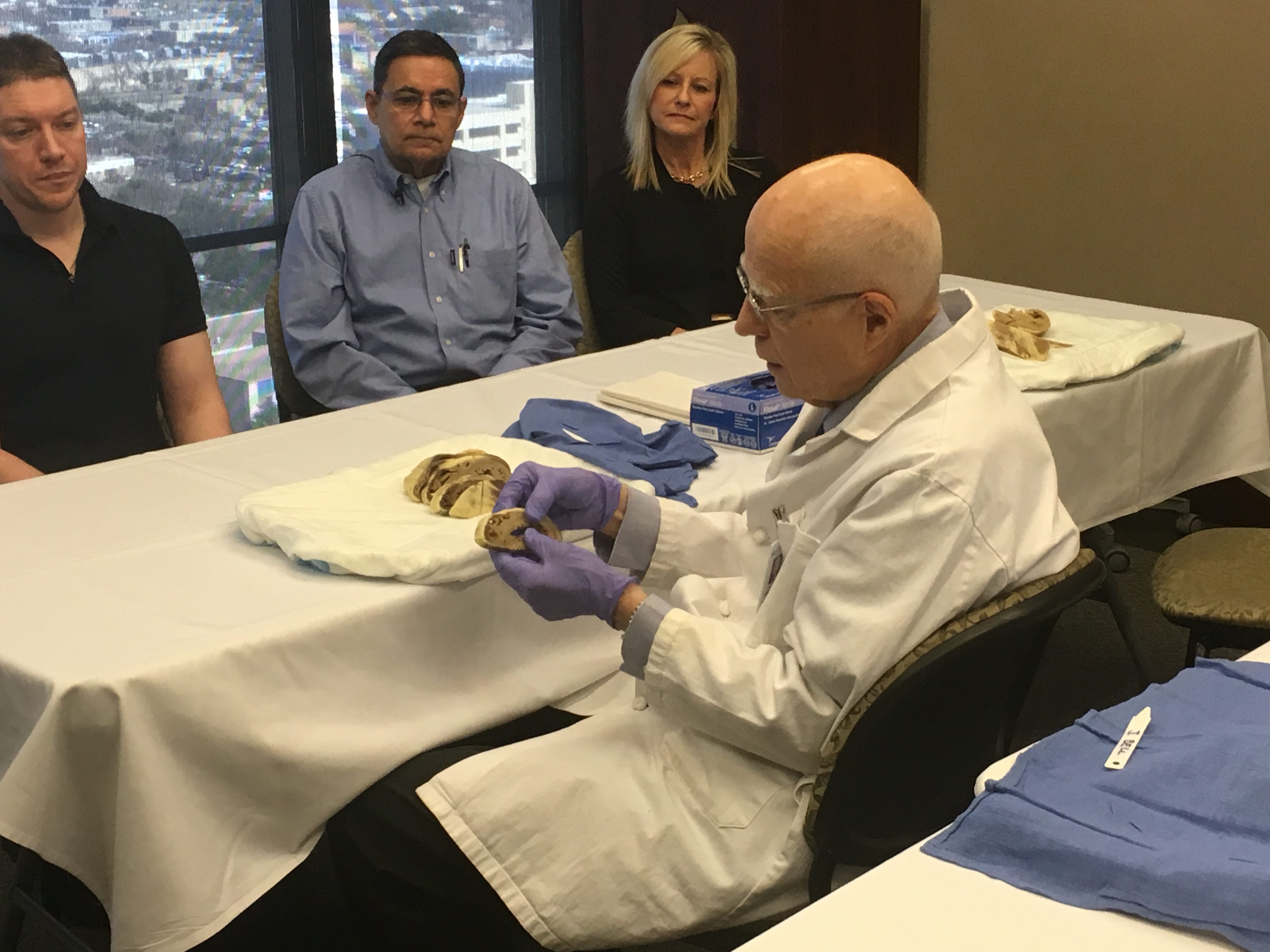
It’s understandable why some heart transplant survivors have sought out their former hearts. In 2013, a photo went viral of a woman holding her heart after receiving a transplant. In September 2016, a 45-year-old computer analyst from Berkhamsted, England, saw his organ, which was being studied at Royal Brompton hospital. But these one-off instances are relatively unheard of.
“In general, as we remove organs, we pass it to the scrub nurse. The scrub nurse will then, with the aid of the circulating nurse, place the organ in a transport container to be taken to the pathology lab where it will be analyzed and processed,” as Allen Kamrava, a colon and rectal surgeon at Cedars Sinai Medical Center, told the online magazine Hopes and Fears. “Patient[s] often times ask if they can have the organ, and my response is that I as a matter of policy always send everything through the pathology lab.”
After organs, limbs, or tissues are analyzed, they’re usually disposed (unless there are special circumstances). According to Roberts, there may be institutions that keep some autopsy specimens and hearts of transplant patients, but it’s difficult to financially and physically support large, long-term storage.
“I could tell you that probably 99.5 percent of hospitals throw the hearts away after they describe them and send out a report,” says Roberts. “We keep them all.”
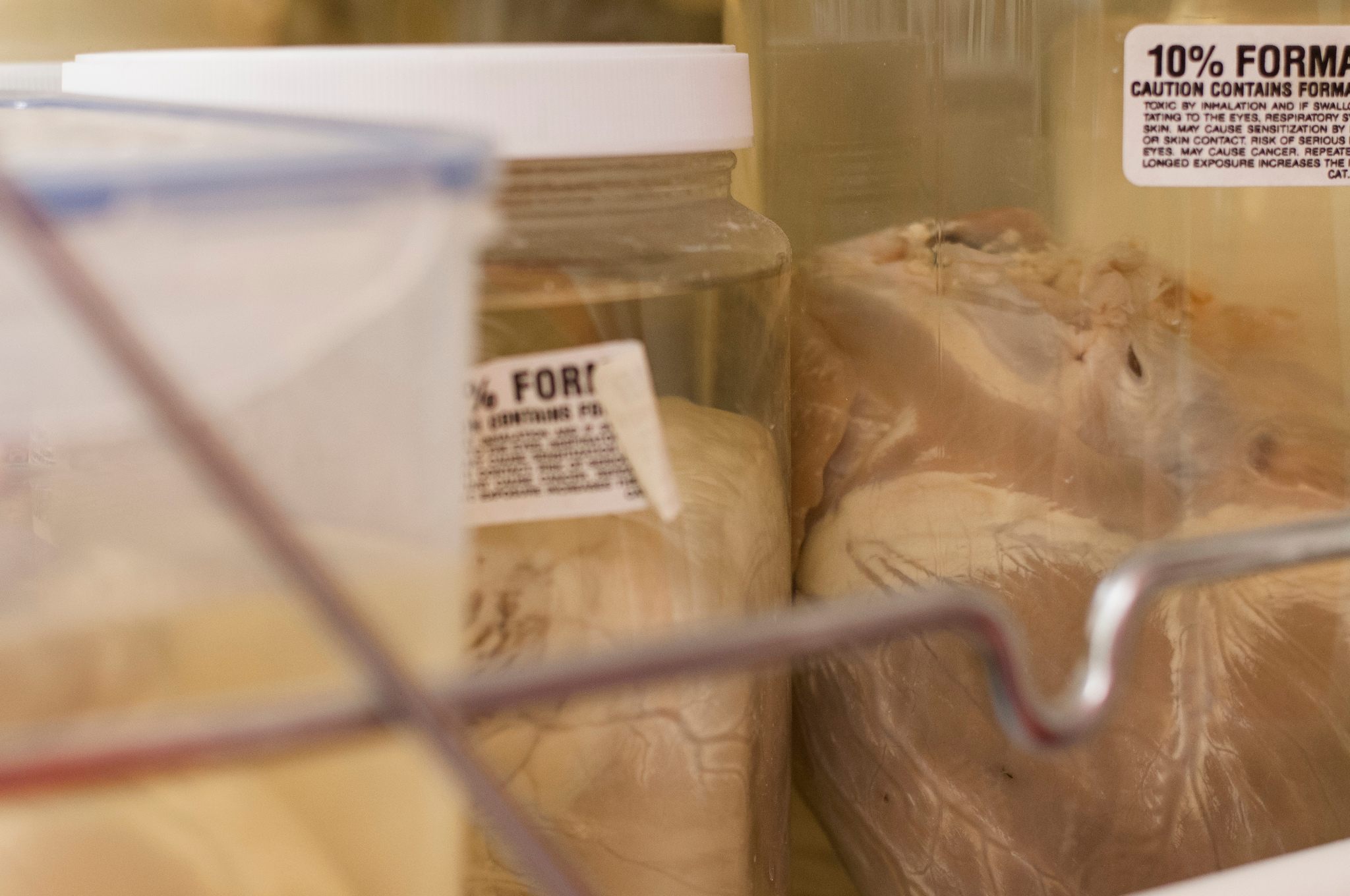
Since joining the staff at Baylor in 1993, Roberts has been preserving and saving hearts indefinitely for study. The bank of hearts has allowed the medical staff to conduct second pathological examinations, compare the progress of different diseases among various individual organs, and pursue longitudinal studies. In 2016, Roberts and his colleagues published a paper that detailed observations between hearts of transplant patients from 1997 to 2015.
The Heart-to-Heart program began in January 2014 after word passed around the center that Roberts was informally showing patients their former hearts. John Bell was among the first group of patients to have the experience. Bell had suffered 25 years of heart problems, beginning with triple bypass surgery at the age of 50. Then in March 2014, he underwent transplantation due to congestive heart failure, a condition where the heart is unable to sufficiently circulate oxygenated blood throughout the body. While he was recovering, he asked if he could view the video of the operation, but was even more thrilled to find out he could see his old organ in person.
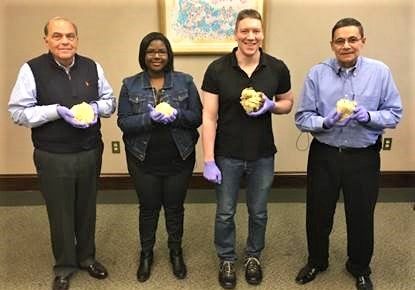
Carefully holding the slices together in his hands, he stood with his heart in front of his chest at approximately the same place where it had previously lived just 12 days prior.
“It was quite a bit larger than I had imagined,” Bell says. “The visual impression that I had of it at first was that it looked like a piece of roast beef laying on a platter.”
Bell was expecting something more akin to a bright red, typical heart-shape you’d see in a Valentine card, he says. Instead, the flesh was a pale gray. The whole organ was dissected and covered in yellow adipose tissue, or fat.
“Many of the patients are overweight, and I show them the fat on the heart,” says Roberts. “Some people have so much fat on their hearts that they float in a container of water.”
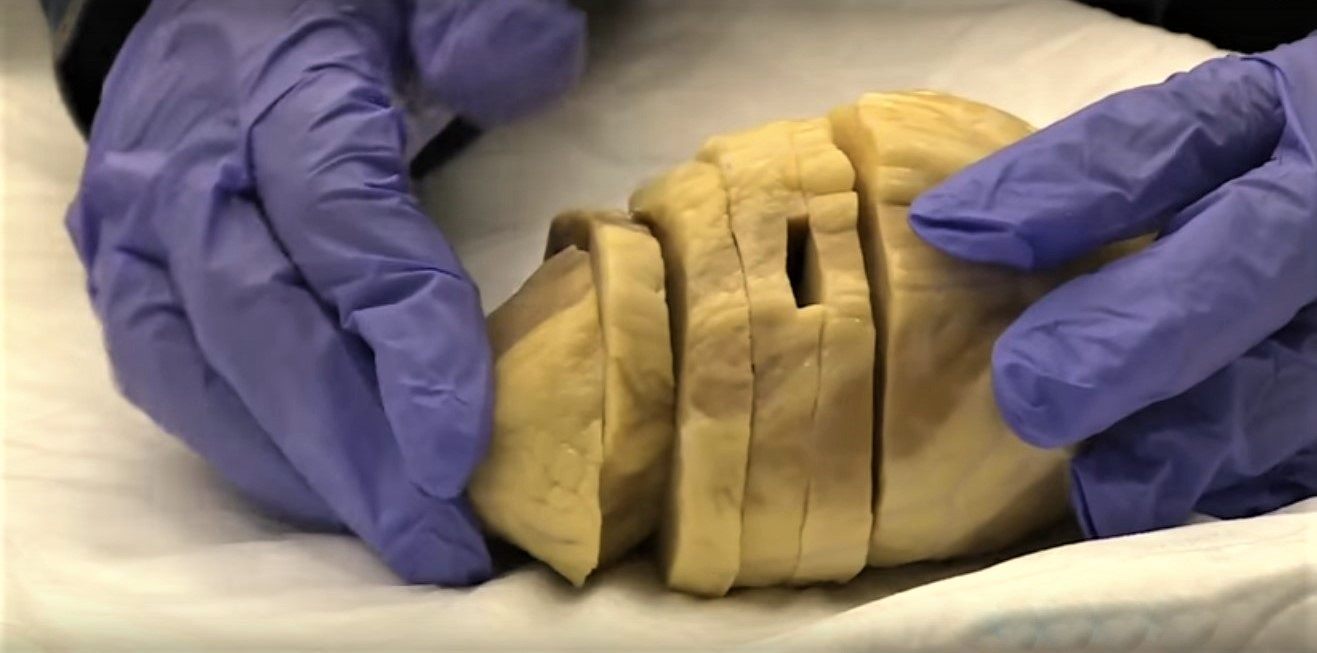
Roberts also holds a consultation with the patient to show specific features and conditions (no two hearts are alike, he says). For Bell, he was shown the original vein and artery grafts from the bypass surgery he had in 1993, and how two were carrying the load of a third that had not worked properly from the start. His family members also got to see his heart, and the experience had an even more dramatic impact on his son, influencing him to make healthier lifestyle choices.
There are an estimated 6 million Americans living with heart failure, but only about 2,200 receive hearts in a year in the United States, according to Roberts.
“I try to stress to these people that they are very special and very lucky. They are one of the few that get a heart and can start life over again,” he says. To Roberts’ knowledge, there is no other program like Heart-to-Heart that allows patients to intimately view and hold the organ.

Bell recommends that heart transplant survivors view their native hearts if they get the chance. Whether graying in formaldehyde or sliced for observation, holding such a critical organ can be a meaningful and surreal experience. For Bell, it gave him perspective on how he should treat his body and his heart. He now exercises as much as his age can allow and maintains an almost vegan diet. Holding his heart also gave him much-needed closure on the organ that had caused him so much trouble.
“It had caused so much pain and misery,” he says. “I guess I just wanted to get a last look at it and say, ‘Hey, I won.’”




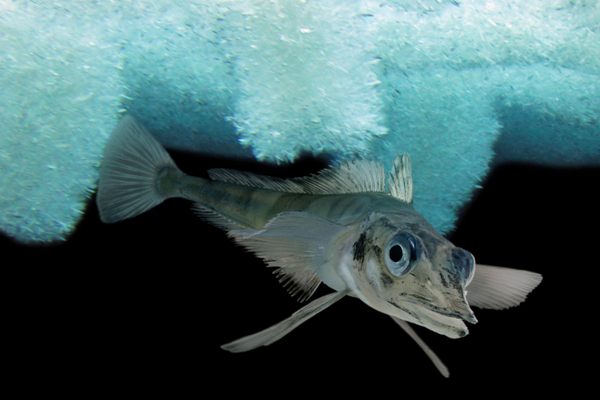











Follow us on Twitter to get the latest on the world's hidden wonders.
Like us on Facebook to get the latest on the world's hidden wonders.
Follow us on Twitter Like us on Facebook